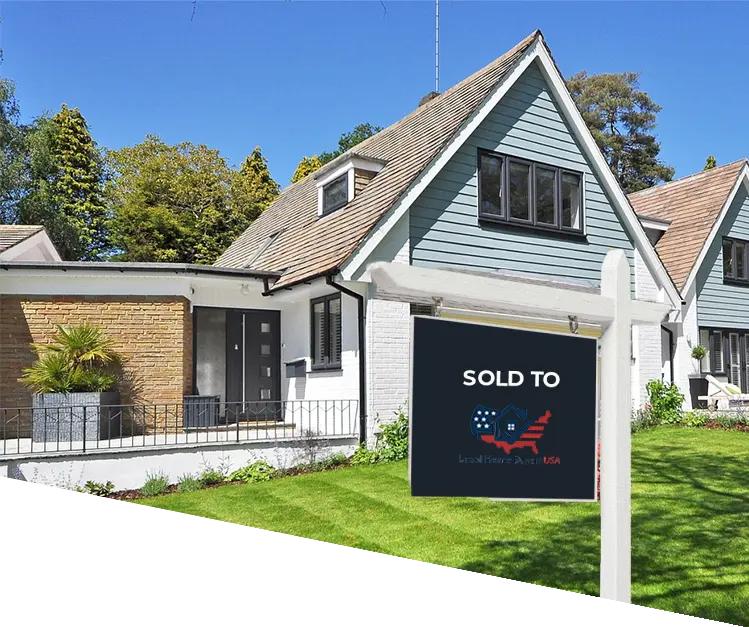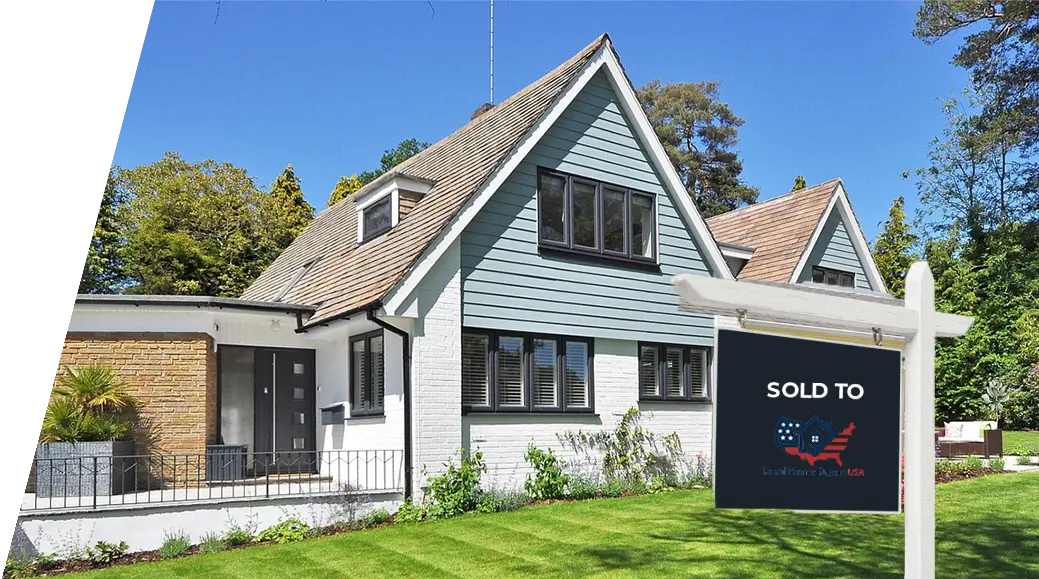California Real Estate Market 2025: Zillow ZHVI Data Insights, Key Trends & Expert Strategies
We used Zillow’s Home Value Index (ZHVI) year-over-year data as of June 2025 to clarify statewide momentum, metro differences, and the best ways to move forward—whether you’re selling, buying, or holding.
- The 2025 California Signal
- ZHVI Snapshot: California at a Glance
- Prices, Affordability & Payments
- Inventory & Days-on-Market
- Migration, Jobs & Insurance Dynamics
- Featured Metros
- Timing the Market vs. Timing Your Life
- California Seller & Buyer Playbook
- Authority Resources • Related Reading
At-a-Glance: California 2025
| Theme | What It Means |
|---|---|
| Post-surge stabilization | After rapid 2020–22 gains, appreciation cooled and varies by price band and location. |
| Payment-driven demand | Small rate changes move budgets and showings more than small price moves. |
| Local divergence | HOA/condo rules, insurance, and new-build incentives split the market into micro-segments. |
| Migration re-sorting | Inter- and intra-state moves continue; work patterns and taxes affect absorption. |
The 2025 California Signal: Less Frenzy, More Segmentation
California digested extraordinary pandemic-era demand, remote work shifts, and investor interest. As rates rose and construction pipelines evolved, appreciation cooled; yet demand reorganized rather than vanished. Consequently, 2025 is selective: move-in-ready homes in A-tier locations still draw strong offers, while properties with condition or financing friction need sharper pricing, credits, or timing strategies.
Therefore, align choices around payment (buyers), risk (lenders/insurers/HOAs), and time (sellers). When you coordinate all three—through presentation, pricing to today’s payment reality, or a certainty-first sale—you can still create excellent outcomes in 2025.
ZHVI Snapshot: California at a Glance (June 2025)
Source: Zillow Home Value Index (ZHVI), year-over-year perspective, June 2025. Statewide line uses a “top metros average” built from the metros listed below.
| Area | As-of | Median Home Value (ZHVI) | YoY Change | Note |
|---|---|---|---|---|
| California (Top Metros Avg) | 2025-06 | $970,899 | −0.5% | Average of LA, SD, SJ, SF, SAC, RIV |
| Los Angeles | 2025-06 | $966,675 | −0.1% | Sub-markets diverge by condition and commute |
| San Diego | 2025-06 | $935,349 | −0.4% | Coastal premium; new-build incentives matter inland |
| San Jose | 2025-06 | $1,612,628 | −1.1% | High base values; rate sensitivity visible |
| San Francisco | 2025-06 | $1,139,579 | −0.8% | Condo/HOA dynamics and remote work patterns |
| Sacramento | 2025-06 | $584,641 | −0.2% | Affordability valve for Bay Area out-migrants |
| Riverside | 2025-06 | $586,520 | −0.3% | Payment-first buyers weigh commute vs. space |
Prices, Affordability & the Payment Lens
ZHVI’s YoY snapshot indicates a broad plateau after multiple years of rapid appreciation. Most California households shop the monthly payment—principal, interest, taxes, insurance (PITI), plus HOA/condo dues—so modest rate changes can sway demand more than modest price moves, especially in first-time buyer ranges and mid-tier suburbs.
Because HOA/condo rules and insurance are pivotal, affordability hinges on more than price alone. Roof age, hazard exposure, HOA reserves, and special assessments alter payments; these, in turn, influence lender approvals and buyer confidence. Proactive sellers disclose, document, and—if warranted—complete targeted repairs or credits that de-risk insurability and financing.
Inventory & Days-on-Market (DOM)
Supply moved off 2021–2022 lows, but it’s uneven. Some condo sub-markets carry higher actives due to HOA/insurance dynamics, while single-family neighborhoods with strong schools and commutes remain tight. DOM rises when list prices ignore today’s payment constraints or when condition feels risky.
- DOM pivots on alignment with buyer budgets at current rates.
- Condition & financing friction are leverage points—fix, disclose, or price accordingly.
- New-build incentives (rate buydowns/credits) can reset comps nearby; resale sellers compete via presentation and flexible terms.
For inventory beyond ZHVI context, scan Realtor.com Research and Redfin News; for risk/appreciation lenses, see CoreLogic Insights.
Migration, Jobs & Insurance: The California Triad
Migration & Household Formation
California still sees significant re-sorting across regions. Some households trade urban convenience for space and schools; others return to transit-rich cores. Access to jobs, parks, medical hubs, and retail corridors sustains interest; outer-ring affordability absorbs first-time buyers.
Employment & Income Mix
Tech, media, biotech, logistics, agriculture, hospitality, and healthcare form a diverse base. Stable employment supports payments; wage growth helps households “catch up” after prior surges. For macro context, see U.S. Census Bureau and FRED.
Insurance, HOA & Condo Dynamics
Premiums and coverage terms have shifted, especially for older roofs, wildfire zones, and certain condo associations. Lenders and buyers scrutinize reserves, special assessments, and insurance certificates. Proactive documentation accelerates trust—and closings.
Featured Metros (ZHVI, June 2025)
Los Angeles
Sub-markets diverge by commute and condition, but presentation still wins. ZHVI YoY: −0.1% • Median: $966,675
San Diego
Coastal premiums hold; inland buyers respond to payment relief and builder incentives. YoY: −0.4% • Median: $935,349
San Jose
High base values and rate sensitivity shape absorption; turnkey still commands. YoY: −1.1% • Median: $1,612,628
San Francisco
Condo/HOA dynamics and hybrid work patterns drive micro-divergence. YoY: −0.8% • Median: $1,139,579
Sacramento
Affordability valve for Bay Area out-migrants; careful pricing keeps DOM tight. YoY: −0.2% • Median: $584,641
Riverside
Payment-first buyers weigh commute vs. more space/newer builds. YoY: −0.3% • Median: $586,520
Timing the Market vs. Timing Your Life
Should you wait for lower rates or list now? It depends on holding costs, condition, and your next step. In payment-sensitive markets, two strategies work well: (1) list competitively and add a buydown credit; or (2) pursue a certainty-first as-is sale with a flexible closing date. Both can outperform waiting when local fundamentals aren’t shifting materially.
California Seller & Buyer Playbook (2025)
If You’re Selling
- Price to the payment threshold. Model monthly cost at today’s rates; consider a 2-1 buydown credit.
- De-risk inspection & financing. Roof, moisture, electrical; HOA budgets/reserves; provide docs early.
- Stage for speed. Light paint, landscaping, and lighting out-earn their cost.
- Have a Plan B. Keep a backup as-is offer; certainty is leverage.
If You’re Buying
- Pre-approve with buydown scenarios. Be ready when the right home appears.
- Shop neighborhoods, not just listings. Taxes, HOA dues, commute, and schools move the needle.
- Credits > tiny cuts. Credits often improve payments more than small list-price reductions.
If You’re Inheriting/Relocating/Landlording
- Time is money. Compare a 14–21 day as-is sale vs. carrying costs on a vacant/tenant-occupied property.
- Tenant coordination. Respectful timelines and clear dates protect relationships and deals.
- Bundle exits where logical. Multi-property sales can reduce friction and maximize net.
Download the California Market Playbook (Free PDF)
Get a concise California-specific PDF with charts and a seller checklist—plus one helpful weekly email. Unsubscribe anytime.
Related Reading & Expert Guides
Cash Buyers vs. iBuyers in California: Who Really Pays More?
Methodology, fees, and net proceeds compared—so you choose confidently.
Sell a Fire, Flood, or Code-Issue Home As-Is for Cash
Navigate distressed property sales while maximizing your net and avoiding delays.
Facing Foreclosure? Your Options by Stage
Understand legal and financial paths at each stage—and where a fast cash offer fits.
Offer in Under 24 Hours: How Our Cash Offer Pricing Works
A transparent breakdown from ARV to your net proceeds with real-world examples.
How to Sell a House with Squatters: 50-State Guide
Step-by-step instructions and key legal considerations for selling with occupants.
Authority Links & Resources
- Zillow Research (ZHVI methodology & insights)
- California Association of REALTORS® (CAR) – Market Data
- National Association of REALTORS® – Research
- Realtor.com Research
- Redfin News
- FRED (Federal Reserve Economic Data)
- U.S. Census Bureau
- CoreLogic Insights
- HUD
- BLS – Western Region
- FHFA House Price Index
- California Department of Insurance
All numeric values above are taken from the Zillow Home Value Index (ZHVI), year-over-year perspective, as of June 2025. Statewide line is a top-metros average built from Los Angeles, San Diego, San Jose, San Francisco, Sacramento, and Riverside.
Prefer a Quick Summary?
We’ll send a 2-page California Market Summary PDF + weekly one-pager with charts and seller tips.
Ready to Compare Your Options—Clearly?
We’ll send a written offer with a transparent net sheet and a flexible timeline—no repairs, no showings, no surprises.




